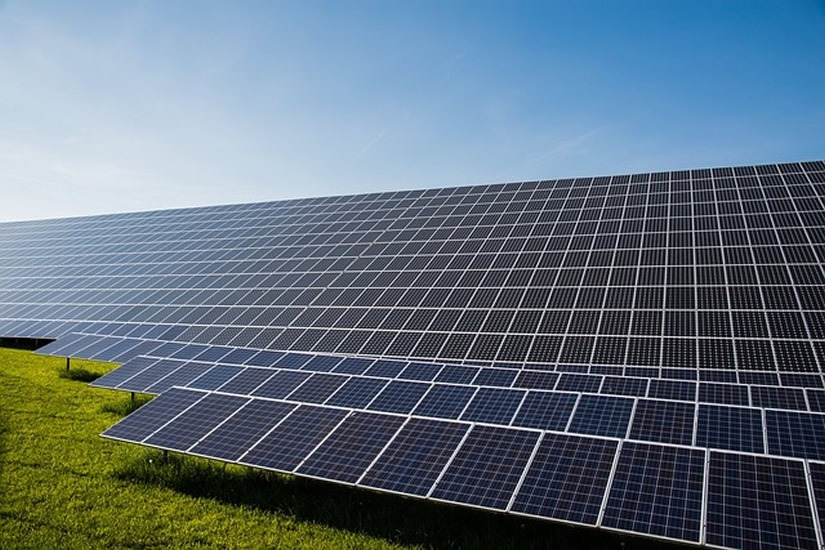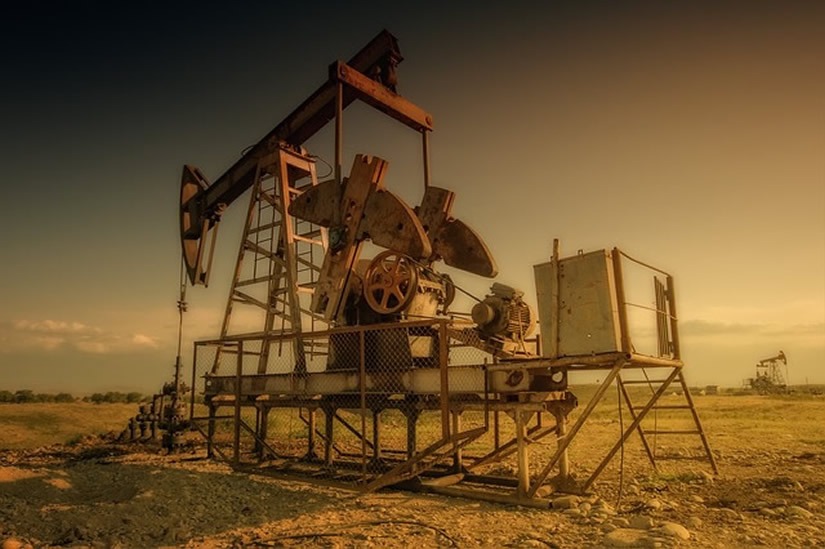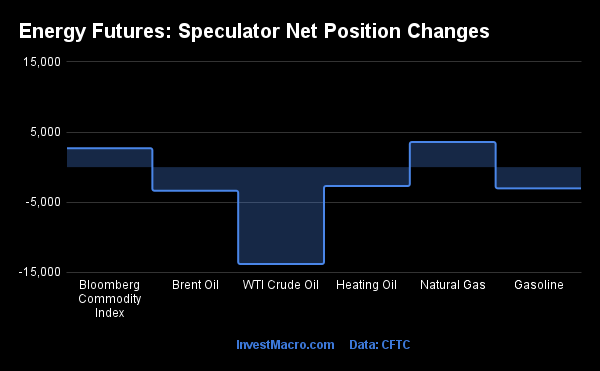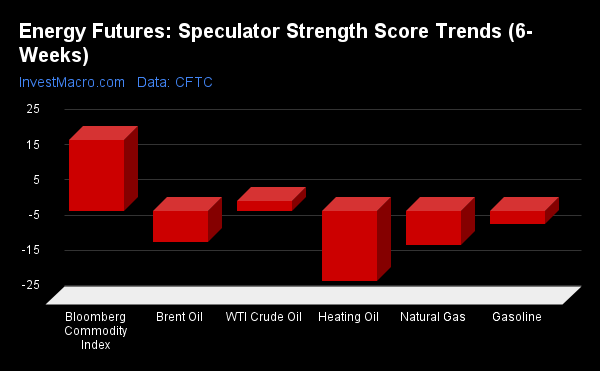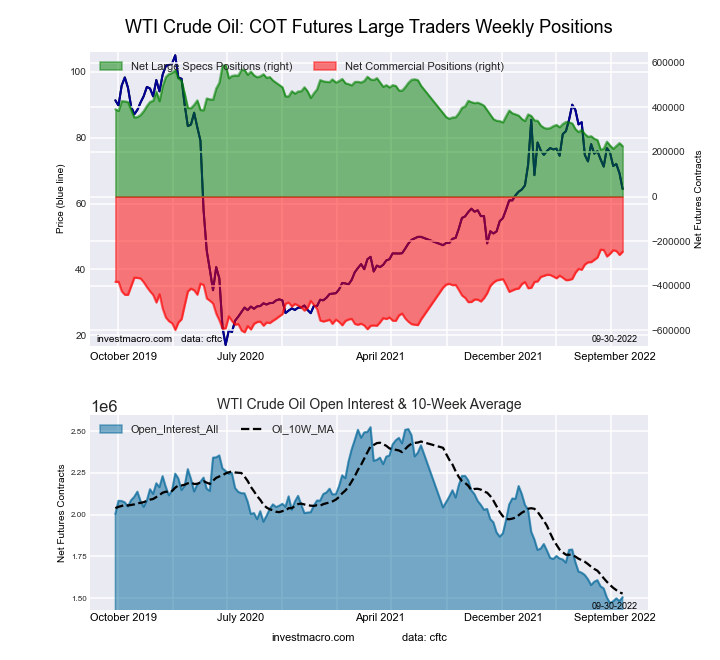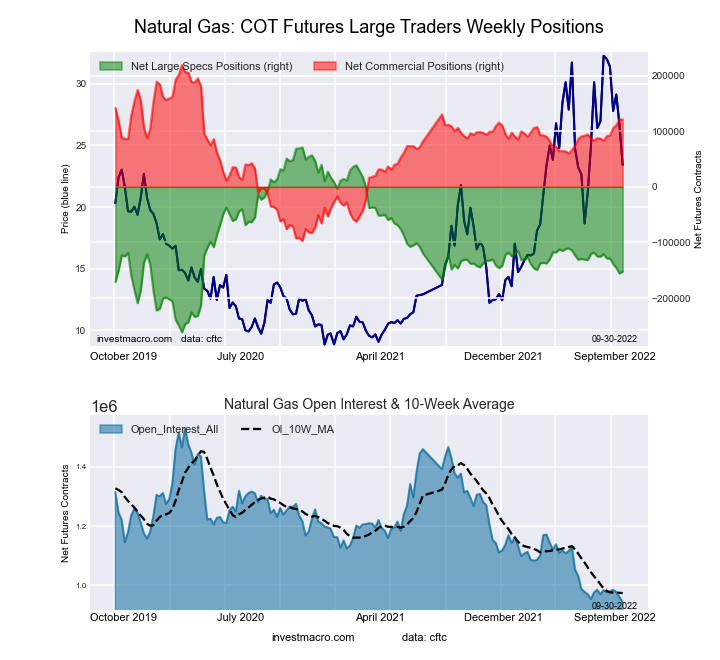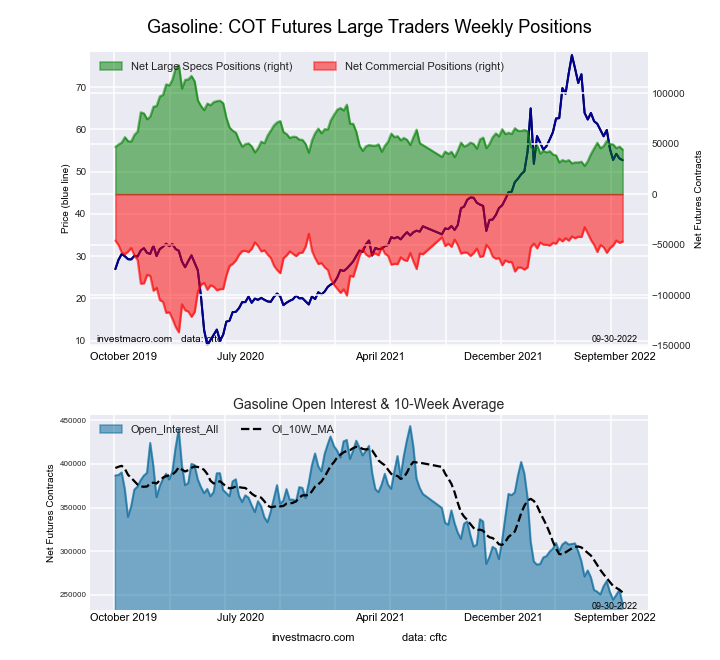This company’s stock price “broke a support shelf that dates back 14 years”
By Elliott Wave International
Back in October 2021, two months before Germany’s DAX hit an all-time high, our Global Market Perspective showed a big jump in references to “Lehman” in Bloomberg News.
Of course, the use of “Lehman” in a news article has become synonymous with the collapse of the then financial giant during the depths of the 2007-2009 financial crisis.
The October 2021 Global Market Perspective, an Elliott Wave International monthly publication which covers 50-plus worldwide financial markets, said:
The Lehman moment will come later, after investor optimism has receded and stock prices are well off their highs.
That was a year ago, and since then, Europe’s key stock indexes have been in a downward trend. In other words, investor optimism across the Continent has indeed receded.
The October 2022 Global Market Perspective noted:
Right on schedule, the Lehman moment just arrived at one of the Continent’s most critical sectors: “Europe’s Lehman Warning on Energy Prompts Flurry of Cash Aid” — Bloomberg, 9/6/22.
The October Global Market Perspective continued with these charts and commentary:

The chart shows stock prices at two of Europe’s utility behemoths. Centrica, the largest supplier of gas to domestic customers in the UK, trades at levels last seen in the 1990s, while Fortum Oyj, Finland’s largest company by revenue, dropped 68% over the past nine months and broke a support shelf that dates back 14 years.
… The Finnish government stepped in with a €2.4 billion bridge loan to Fortum, while Centrica is seeking billions of pounds of financing amidst soaring demands for collateral.

Then there is this chart of Uniper, the European gas giant sitting at the epicenter of the energy earthquake. On September 20, the German government forked over 8 billion “to nationalize the gas giant and stave off a collapse of the country’s energy sector.” (Bloomberg, 9/20/22)
Stave off a collapse? The chart shows that Uniper has already collapsed despite every effort.
Some of Europe’s energy sector firms face the same kind of liquidity problem which wrecked established investment banks a decade ago. Uniper was reportedly losing €100 million per day in early September, and Fortum’s collateral requirement jumped by €1 billion over one single week.
Getting back to the downtrend in major European stock indexes, the Elliott wave method for analyzing financial markets can help you determine if the decline in prices is nearly over or if there’s much more to go.
If you need to brush up on your Elliott wave knowledge, or are entirely new to the subject, an ideal resource is Frost & Prechter’s Wall Street classic book, Elliott Wave Principle: Key to Market Behavior. Here’s a quote:
[R.N.] Elliott himself never speculated on why the market’s essential form is five waves to progress and three waves to regress. He simply noted that that was what was happening. Does the essential form have to be five waves and three waves? Think about it and you will realize that this is the minimum requirement for, and therefore the most efficient method of, achieving both fluctuation and progress in linear movement. One wave does not allow fluctuation. The fewest subdivisions to create fluctuation is three waves. Three waves (of unqualified size) in both directions would not allow progress. To progress in one direction despite periods of regress, movements in that direction must be at least five waves, simply to cover more ground than the intervening three waves. While there could be more waves than that, the most efficient form of punctuated progress is 5-3, and nature typically follows the most efficient path.
If you’d like to read the entire online version of the book, you may do so for free once you become a member of Club EWI, the world’s largest Elliott wave educational community (about 500,000 worldwide members and growing rapidly).
A Club EWI membership is also free and allows you complimentary access to a wealth of Elliott wave resources. All the while, you are under no obligation.
Get started by following this link: Elliott Wave Principle: Key to Market Behavior — free and instant access.
This article was syndicated by Elliott Wave International and was originally published under the headline Europe’s Energy Sector: “The Lehman Moment Just Arrived”. EWI is the world’s largest market forecasting firm. Its staff of full-time analysts led by Chartered Market Technician Robert Prechter provides 24-hour-a-day market analysis to institutional and private investors around the world.

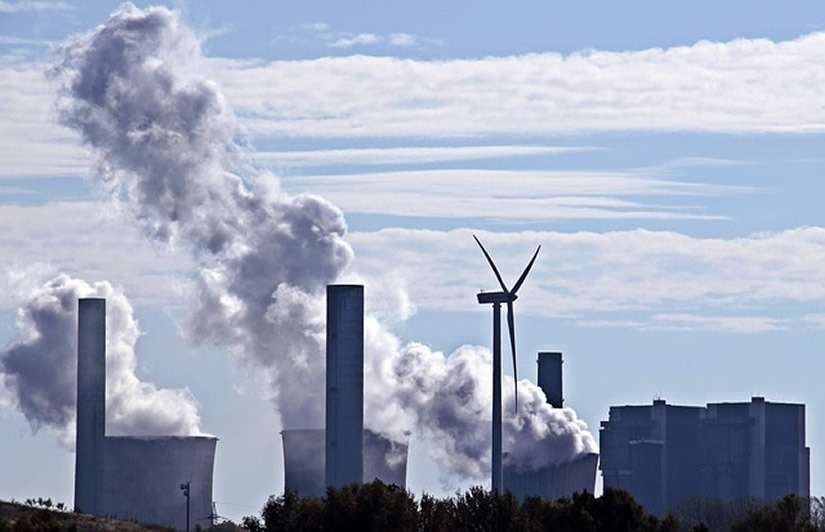

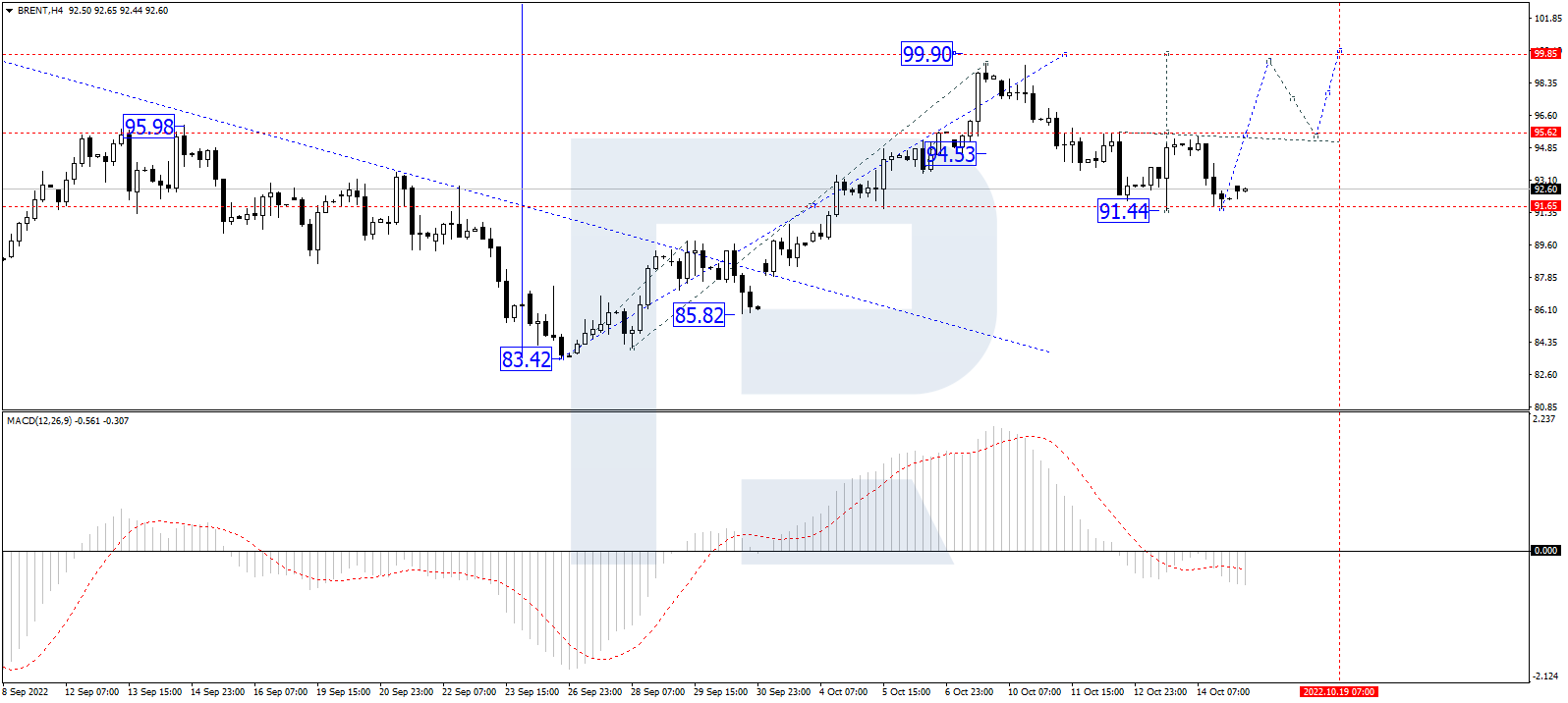


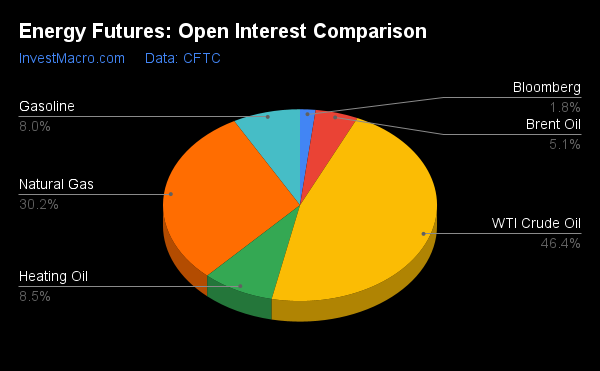

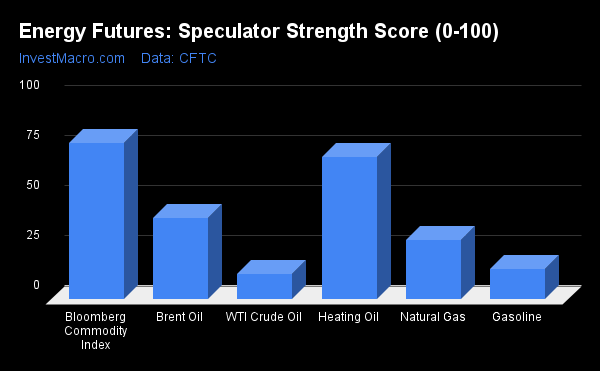
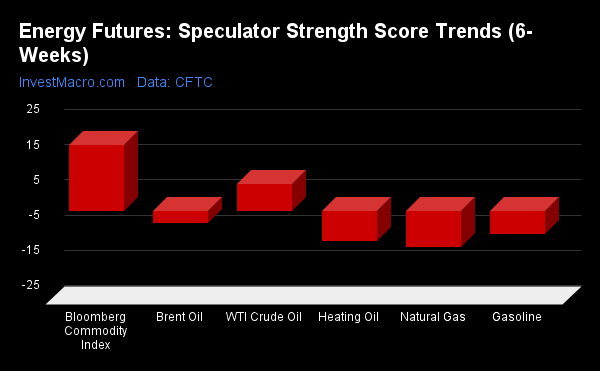
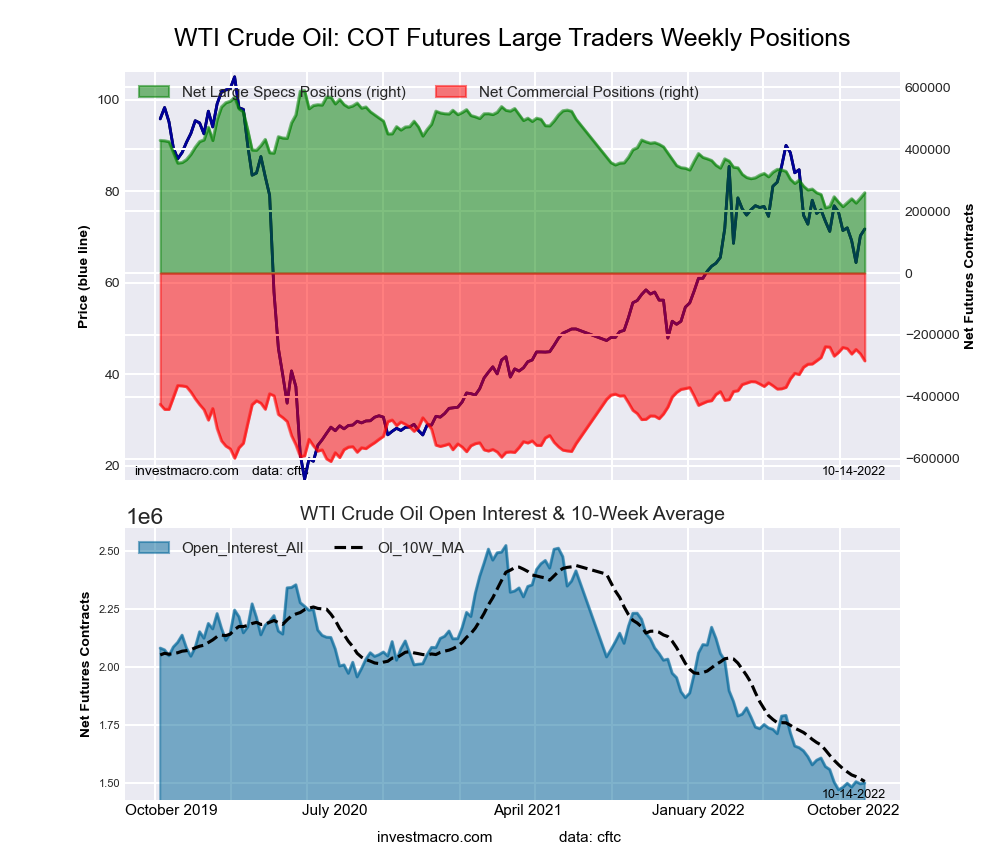
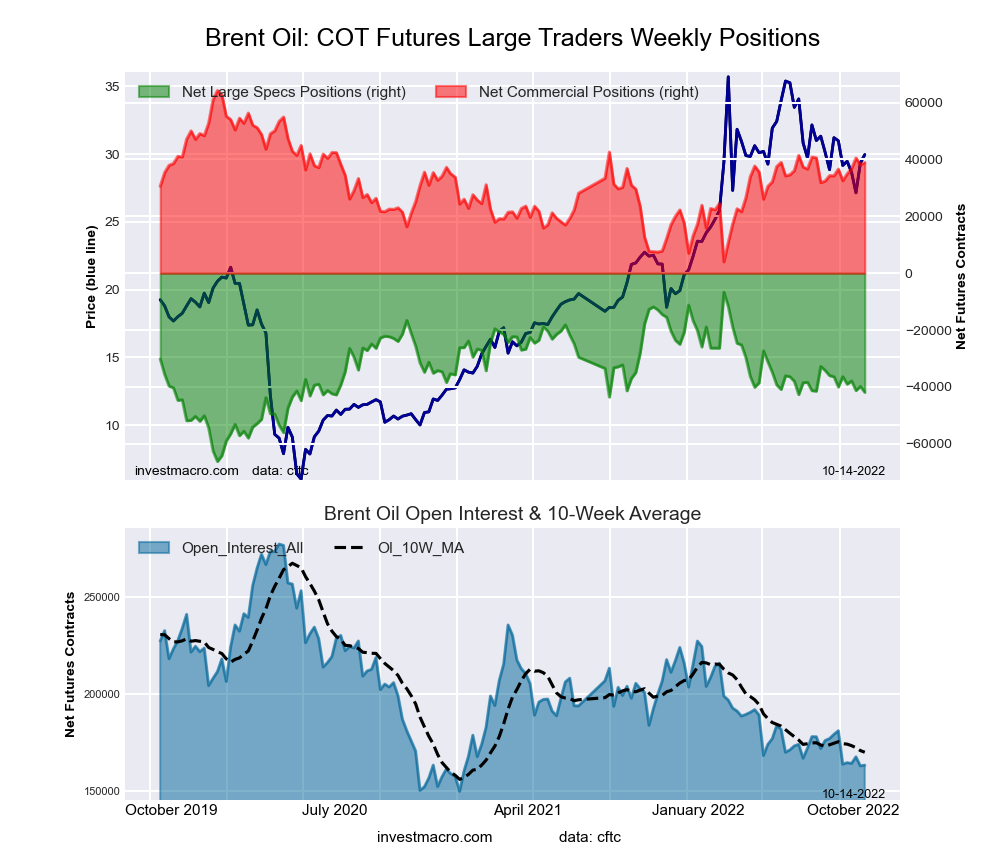
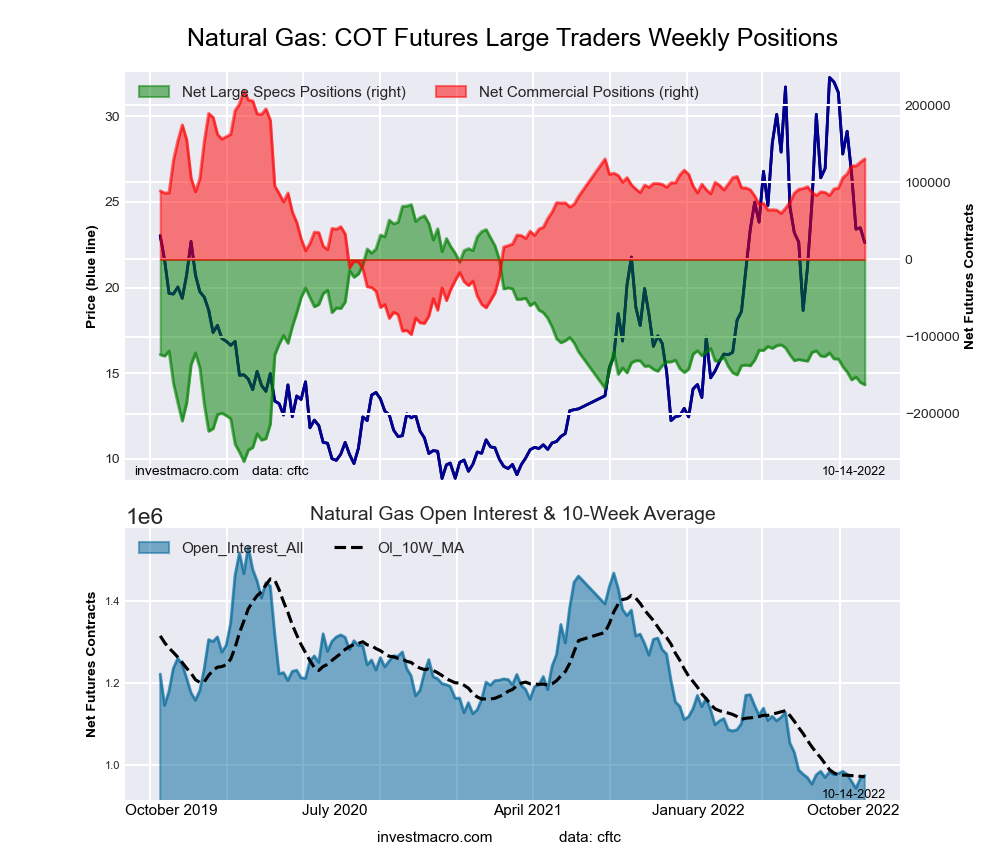
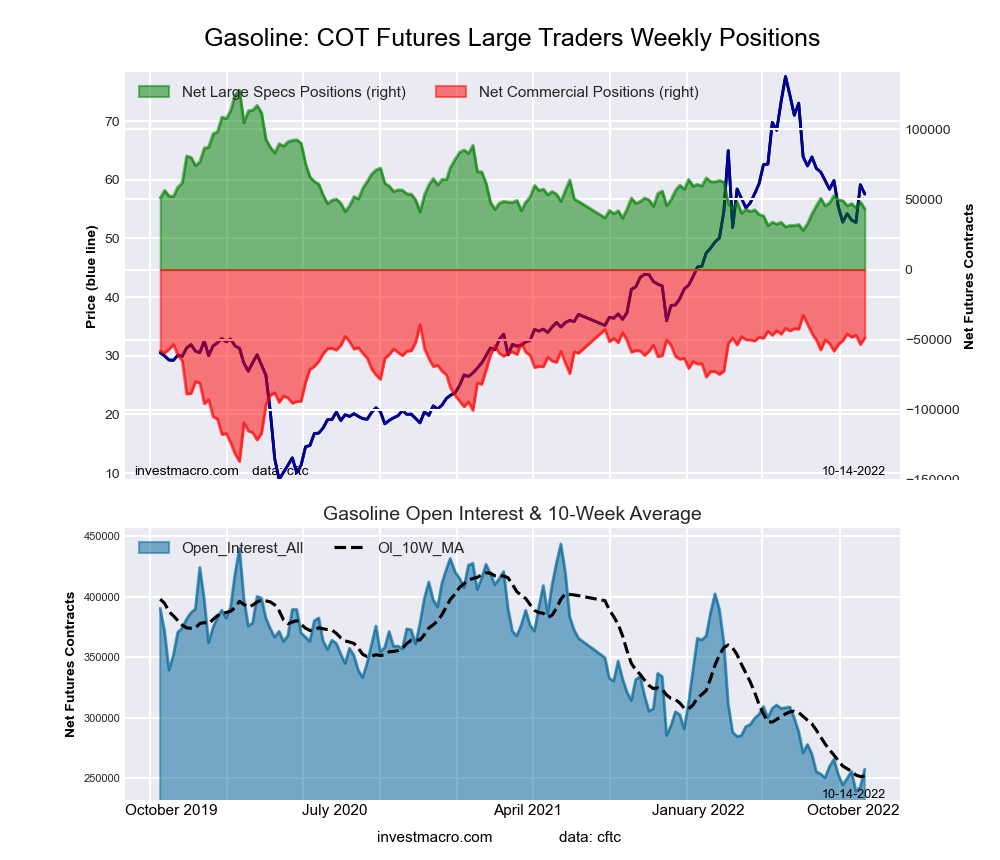
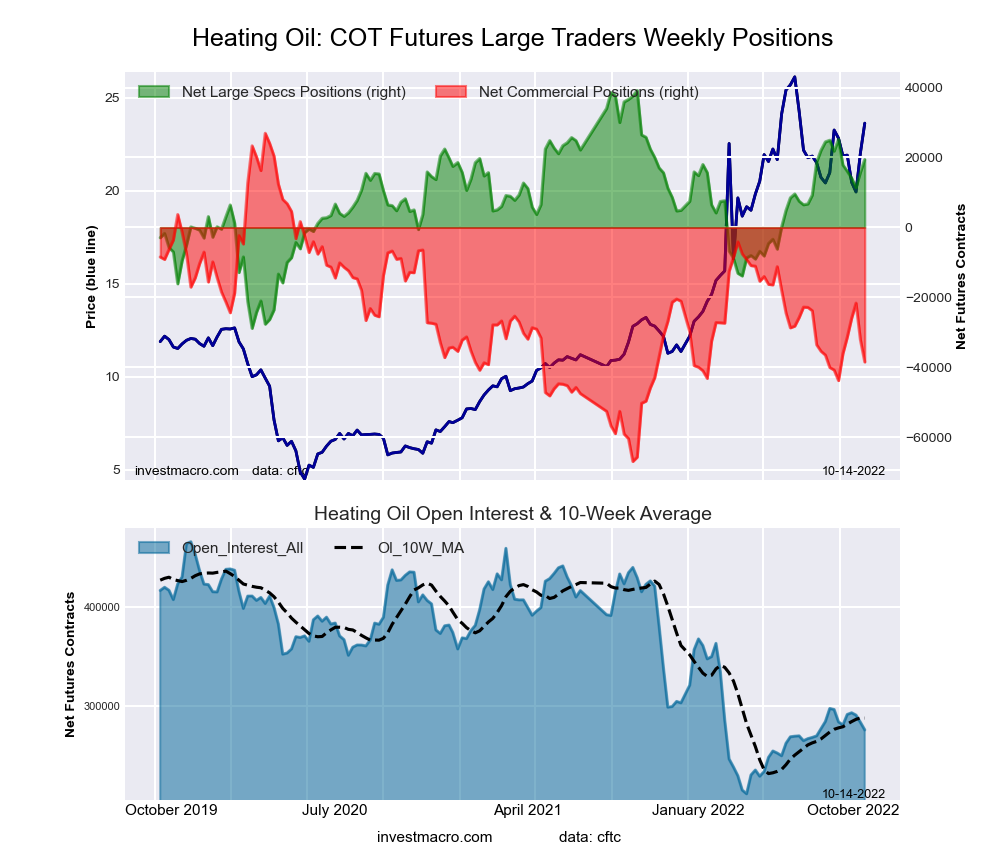
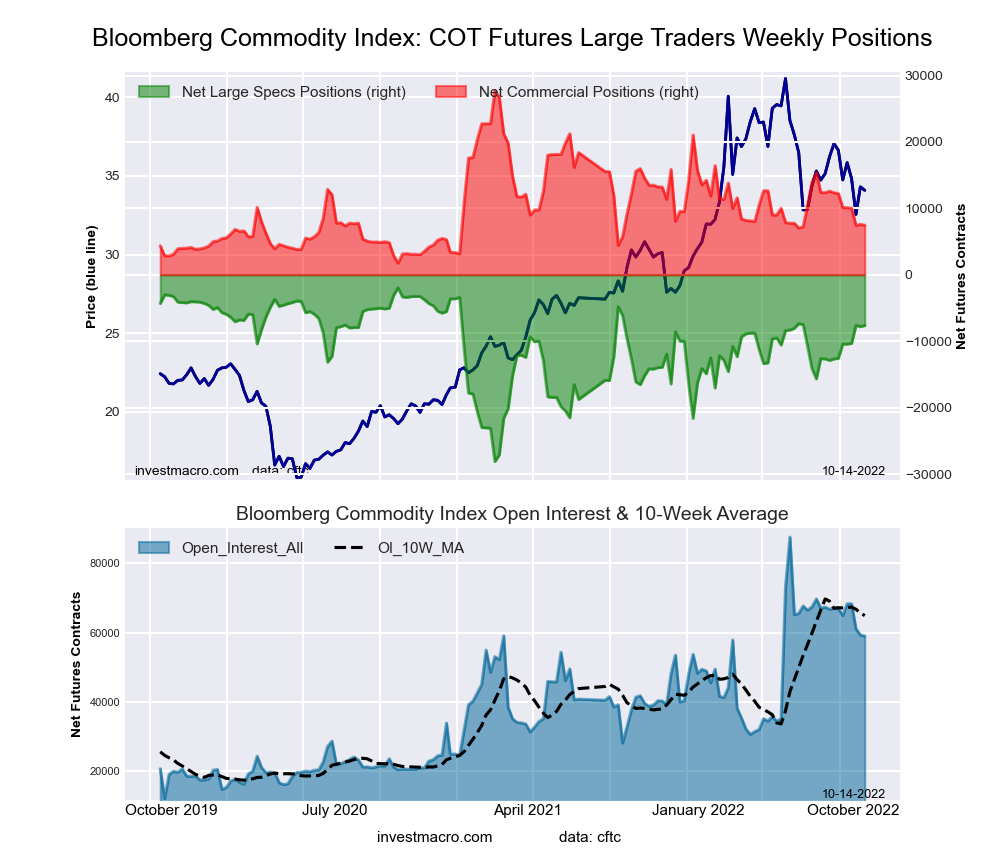

 Article by
Article by 